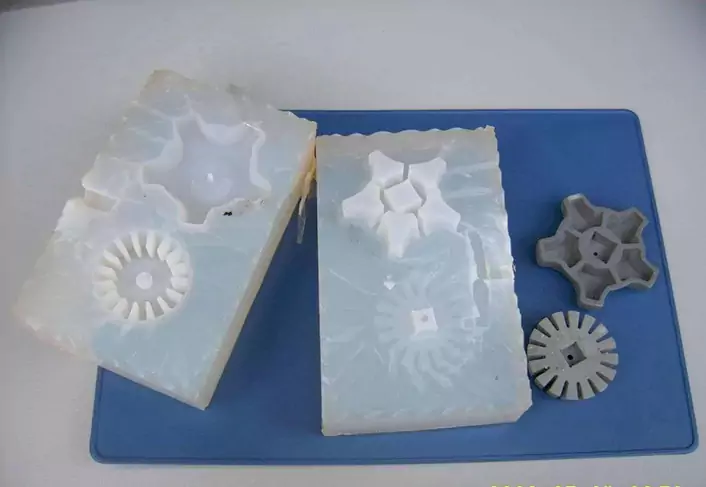Urethane Casting: What Is It and Why Chose It

Table of Contents What is Urethan Casting? Brief History and Development Urethane Casting Process Create a masterpiece Create a mold Mix and pour the polyurethane Vacuum chamber Demold the part Finish the part Equipment Required Mixing equipment Mold release agent…